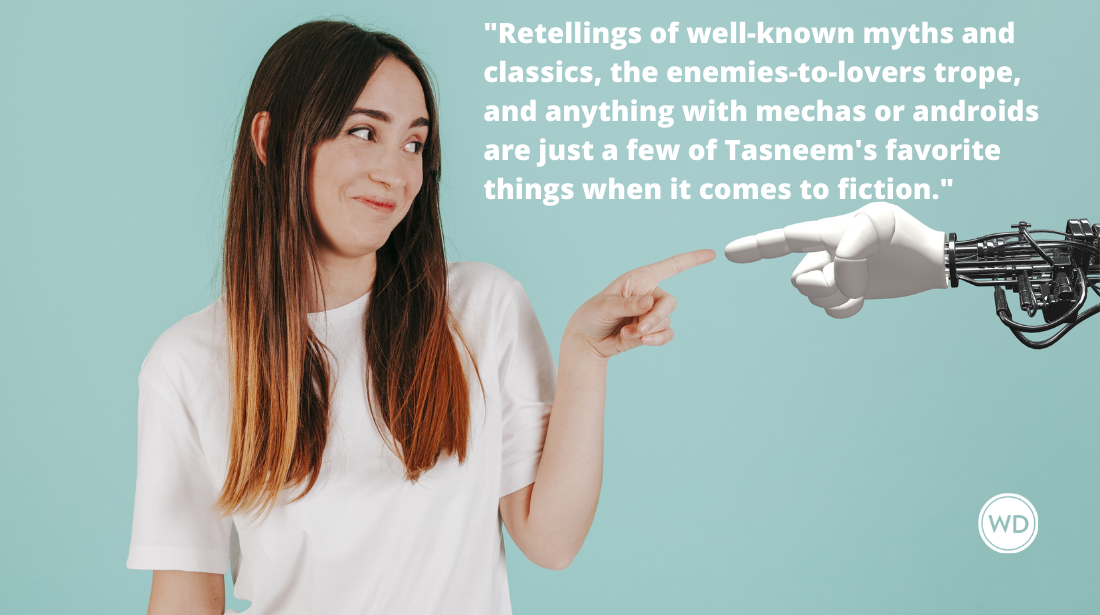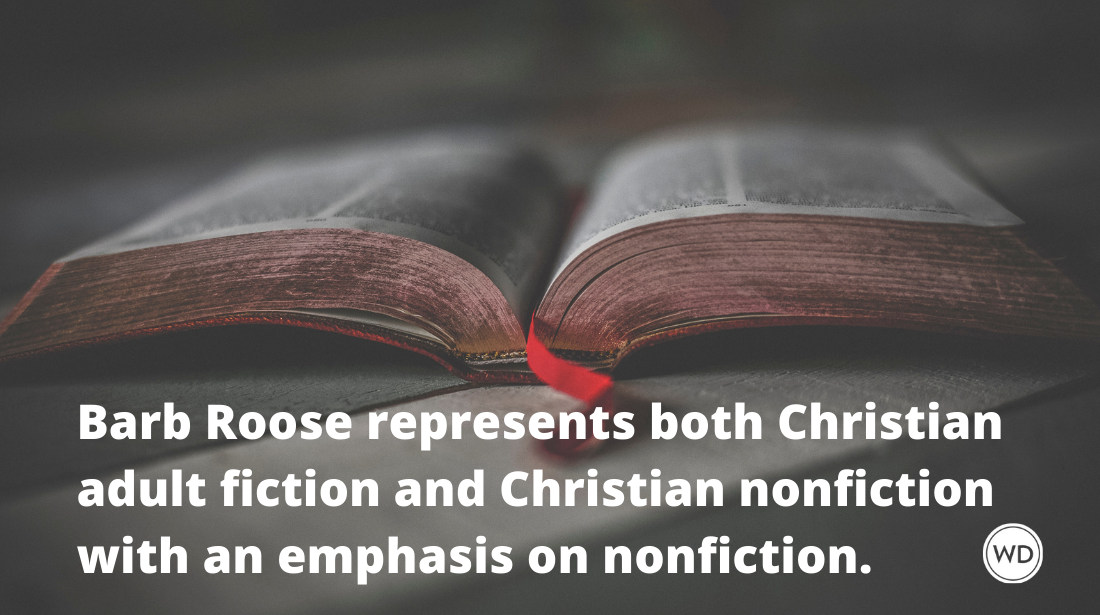How to Write and Plan a Book Series
Frances Brody, author of mystery novels, discusses how to plan and lay out a series of books to sell to a publisher or send to a literary agent.
It’s said that J.K. Rowling had the whole of the Harry Potter series in her head before she started. If you’re in the JKR camp, read no more. You’re way ahead of me. On the other hand, if you’re not a long-range planner, my experience may be of use.
Like most writers, I have antennae that alert me to the Good Idea that might make a Good Story. My first image for the mystery series that starts with Dying in the Wool was of a man, a father, unable to return home. Someone needed to find out who and where he was. Step forward Kate Shackleton, sleuth extraordinaire. I then knew I wanted to go on writing about Kate, and so I had an eye towards her longevity. That’s as much planning as I did. For me, starting a series was like any other writing, a combination of characters, setting and plot.
Order a copy of Frances Brody's Dying in the Wool today.
There were certain givens. Kate would need to be at home in different social circles, and to be independent so that she could take off at a moment’s notice. An investigator needs the right sort of people around her. Kate is adopted. Her adoptive father is a police superintendent; her mother an aristocrat who married for love. In book three, Kate meets her birth sister who is from a very different background. This creates a wide social spectrum for possible stories. It’s the 1920s. Although much has changed for women, there are still many restrictions and difficulties. Kate would struggle without her sidekick, Jim Sykes, who can go to places that would be closed to women.
A sense of place is particularly important in a mystery novel. Readers have to believe that these events are happening in this particular spot, at this time. Early on, I visited locations and went house-hunting for Kate. Places and road layouts have changed a lot since the early part of the last century. Old maps became essential. I have a collection of maps. (The ones I don’t have, I find in the library). Whether Kate is walking, driving her 1913 Jowett motor, or riding the tramcar, I can trace her journeys. Time spent working out her route, and how long it takes to reach her destination, is additional thinking time for me, as if I’m tagging along with her. This also helped as I planned and wrote the subsequent books. Kate has her patch: Yorkshire, the largest county in England.
Recently I came across the advice that you should read around the genre you plan to write. Find out what’s on publishers’ lists; analyse the market. It didn’t occur to me to do this; although I do read widely, including crime fiction. I had a brilliant idea and wanted to get on with it right away, not spend time analyzing where my story might slot in, or to even think about genre. If I had read around my sub-genre (horrible term!) perhaps a stylistic trick or two might have lodged in my subconscious and a reader would say, Oh, she’s a bit like Author X. So I’m glad I jumped straight in and pressed on.
This approach has a disadvantage. When I showed Dying in the Wool to my agent, she liked it but was a little impatient. ‘It’s a crime novel. You have to have a body by page one hundred.’
I went to a library event to hear Robert Barnard, an author with a list of crime novels as long as your arm. When it came to questions, I asked, ‘Did anyone ever tell you that you should have a body by page one hundred?’ ‘No,’ he said, ‘but I always have a body by page sixty.’
In my second novel, A Medal for Murder, Kate finds the body by page thirty. And in Murder in the Afternoon … but you get the idea.
Sometimes, practical tips are best. Here are mine. When starting work on a novel, I buy two A4 spiral-bound notebooks, for research, characters and story. I take a camera when I visit locations. Reading for background research is useful, but it doesn’t beat meeting the experts, and they are usually willing to help. I am never happy with my first drafts but save them. To avoid the confusion of a bleary-eyed start on the wrong draft, I highlight abandoned versions and give them a colour. At the end of each day I email work to myself, so if the house burns down while we’re out, or a burglar strikes, my manuscript lives on in cyberspace. Not very high tech, but this works for me.
Good luck!
Frances Brody lives in the north of England, where she was born and grew up. Frances started her writing life in radio, with many plays and short stories broadcast by the BBC. She has also written for television and theatre. Before turning to crime, she wrote sagas, winning the HarperCollins Elizabeth Elgin Award for most regionally evocative debut saga of the millennium. Four books in the Kate Shackleton Mystery series:Dying in the Wool,A Medal for Murder, Murder in the Afternoon and A Woman Unknown.A Medal for Murder will be available from Minotaur in February 2013. Visit Frances online at www.frances-brody.com. She is also happy to be contacted through Facebook, on Twitter.







